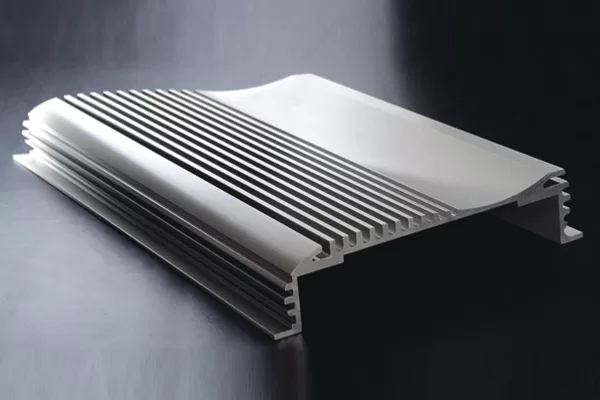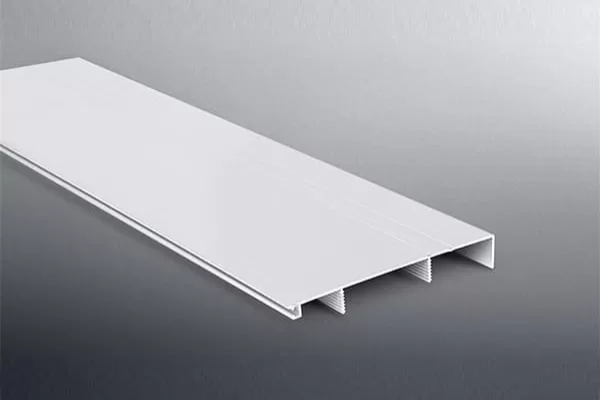Tips for Handling and Transporting 8mm Aluminum Sheets: A Guide for Safety and Efficiency
8mm aluminum sheets are versatile and lightweight materials commonly used in various construction, automotive, and industrial applications. While their strength and durability make them ideal for many projects, handling and transporting these sheets require specific precautions to ensure safety and prevent damage. Here are some essential tips to help you navigate the process effectively:
1. Wear Protective Gear:
Before handling 8mm aluminum sheets, don gloves, safety glasses, and a face shield to protect yourself from sharp edges and potential dust particles.
2. Use Proper Lifting Techniques:
Avoid bending or twisting the sheets when lifting them. Instead, lift them with a straight back and engage your legs and core muscles to prevent back injuries. Team up with a partner if the sheets are too heavy for one person to handle.
3. Secure the Sheets:
Use straps or rope to secure the aluminum sheets firmly onto pallets or trailers. Avoid overloading or overtightening the straps to prevent damage. Ensure the sheets are balanced and evenly distributed to prevent shifting during transport.
4. Protect from Elements:
Protect the aluminum sheets from moisture, dirt, and debris by covering them with tarps or plastic wrap during transportation. This will prevent corrosion, staining, or scratches.
5. Avoid Extreme Temperatures:
Extreme heat or cold can affect the properties of aluminum. Avoid exposing the sheets to temperatures above 150°F or below -20°F during transport. If necessary, use thermal blankets or enclosures to regulate the temperature.
6. Inspect Regularly:
Inspect the aluminum sheets regularly during transport for any signs of damage, such as scratches, dents, or warping. Promptly address any issues to prevent further damage or safety hazards.
7. Use Specialized Equipment:
For large or heavy aluminum sheets, consider using specialized equipment like forklifts or cranes for safe handling. Trained personnel should operate this equipment to ensure proper handling procedures.
8. Plan the Route:
Choose the transportation route carefully, considering road conditions, access points, and potential obstacles. If possible, avoid rough or uneven terrain to prevent damage or accidents.
9. Communicate Clearly:
Maintain clear communication with drivers, handlers, and other involved parties to ensure proper coordination and safety during handling and transportation. Inform them about the nature of the material, handling instructions, and precautionary measures.
10. Handle with Care:
Treat the aluminum sheets with care throughout the entire process. Avoid dropping, dragging, or colliding them, as it can lead to permanent damage or safety hazards. By following these tips, you can ensure the safe and efficient handling and transportation of 8mm aluminum sheets, minimizing risks and maximizing the longevity of these versatile materials.




